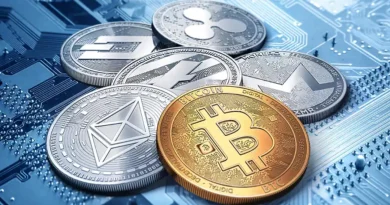RBI Digital Rupee CBDC launched
The RBI has decided to lunch the first batch of CBDC on Dec 1, 2022. The central bank has identified eight banks for the project and it will happen in two phases. The first will begin with four banks, State Bank of India, ICICI Bank, Yes Bank, and IDFC First Bank. They will offer the retail digital rupee in four cities: Mumbai, New Delhi, Bengaluru, and Bhubaneswar. The second phase will include —the Bank of Baroda, Union Bank of India, HDFC Bank, and Kotak Mahindra Bank. They will further extend it to nine more cities: Ahmedabad, Gangtok, Guwahati, Hyderabad, Indore, Kochi, Lucknow, Patna, and Shimla.
What is retail CBDC?
The central bank issues two types of money. First is wholesale money used by commercial banks for interbank transactions. Wholesale money is known as reserves. The second is retail money which is used by the public for transactions. Retail money as we all know is called cash. Both wholesale and retail money are the liabilities of the central bank and thus are the most trusted form of currency.
The main aim to introduce this retail CBDC is to fill the gap by issuing a retail CBDC. They want to provide a kind of money that has all three attributes: issued by the central bank, universally accessible, and electronic.
The main purpose of a retail digital rupee
In the budget speech for FY23, Finance Minister Nirmala Sitharaman proposed the introduction of a CBDC. She stated that a CBDC “will give a big boost to the digital economy” and “also lead to a more efficient and cheaper currency management system”. Hence, the RBI will issue a CBDC in 2022-23 “using blockchain and other technologies”.
The main purpose of retail CBDC can be understood on the basis of the below-given points –
- Central banks, faced with reduced usage of paper currency, seek to popularise a more acceptable electronic form of currency.
- Jurisdictions with significant physical cash usage seek to make issuance more efficient.
- Central banks seek to meet the public’s need for digital assets. In form of these virtual currencies, thereby avoiding the more damaging consequences of such private currencies.
The major aim was to introduce a digital asset that is issued by the government, is regulated, can be trusted, and is digital and universally acceptable.




